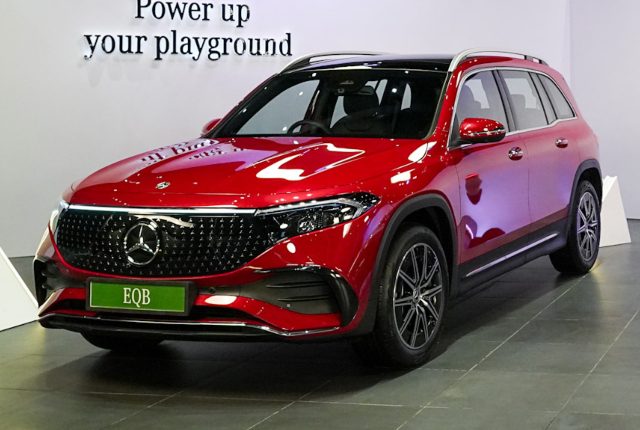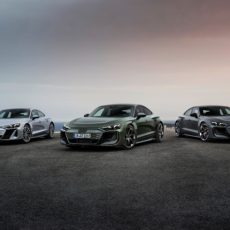
Story: Sayantan De
Photography: Sanjay Raikar
Not too long ago, “Made in China” was considered a derogatory description, denoting the lower quality of the product being described. That’s no longer the case, as Chinese manufacturers have made enormous strides in that regard during the last two decades. And this quality is immediately apparent the moment you step inside the BYD Seal. If someone told me twenty years ago that two decades hence I would be driving a Chinese-made electric sports sedan in India, I would have recommended they get checked in at a mental institution.
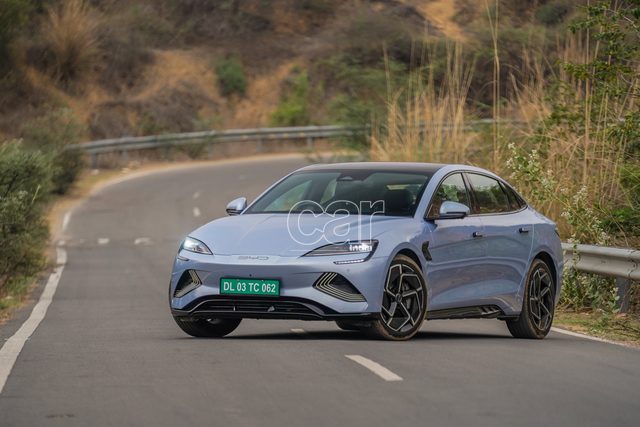
This quality becomes apparent even before you step inside the car, though. As you walk up to it, the narrow shutlines and the quality of the paint catches your attention. The Seal is a handsome vehicle with styling that wouldn’t be called adventurous—it works in the Seal’s favour. The long hood, short deck, and sloping roofline creates a classic profile—it is a proper four-door coupé. There are certain details that stand out too, such as the ripple design on the front bumper, underlying the oceanic theme of the BYD Seal. I particularly liked the dot matrix design of the tail lamps as well.
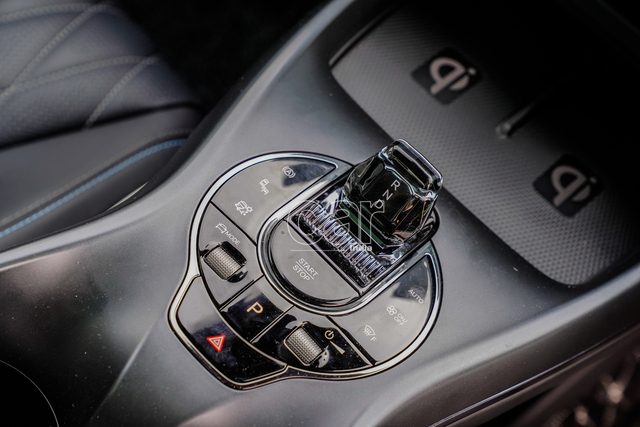
Unlock the car, and the flush-fitting door-handles pop out, marked with the BYD logo. That attention to detail is carried over inside as well, and the Seal has excellent ergonomics. It is easy to find a comfortable driving position, and despite adjusting the driver’s seat for my near-six feet frame, I still had a lot of space when I sat on the right side of the rear seat. The quality of materials is top-notch, rivalling and even bettering European interiors of some cars in the same price bracket.
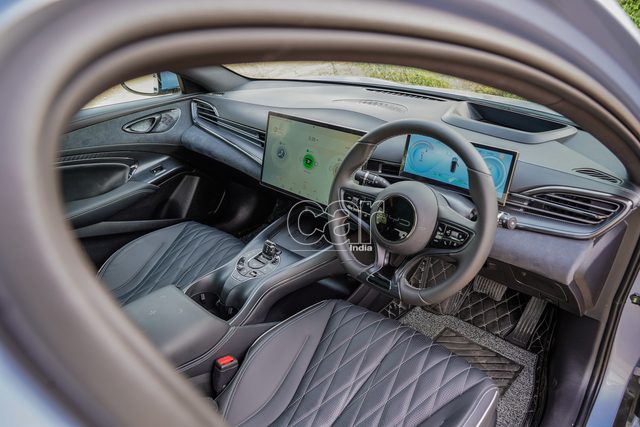
The BYD Seal is a tech-fest, which is not surprising. BYD have put every conceivable function in the infotainment touchscreen though, with a few crucial ones operated by buttons on the steering wheel and around the drive selector toggle in the centre console. Sadly, this includes the HVAC controls, which are integrated into the touchscreen. A case can be made that the HVAC controls are so different from regular cars, there’s no way to create buttons for them, as the AC vents have a swing function with different modes that can be set according to the driver’s preference. The AC is dual-zone too and gets rear vents. The 15.6-inch infotainment touchscreen can be set horizontally or vertically, at the push of a button. The cabin lights are controlled by a proximity sensor—they don’t have any physical buttons. The buttons that are there, impress with their tactility, while the touchscreen is super responsive. The driver’s display is small but packed with information, while the head-up display is clean and only shows the most essential bits. It is evident that a lot of thought went into the interior of the BYD Seal.
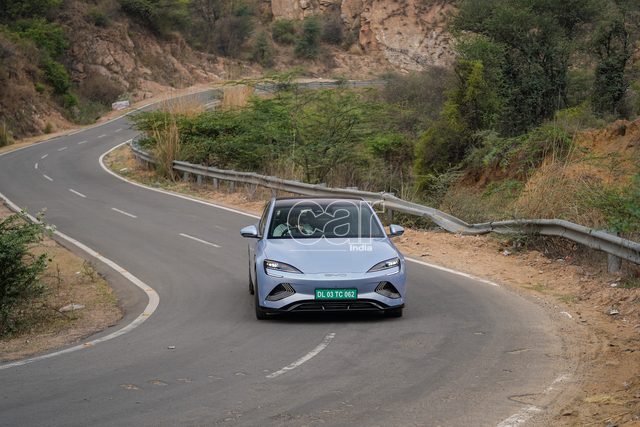
The Seal is available with three powertrain options: Dynamic (single-motor RWD) with 150 kW (204 hp) and 310 Nm; Premium (single-motor RWD) with 230 kW (313 hp) and 360 Nm and Performance (dual-motor AWD) with 390 kW (530 hp) and 670 Nm. We drove the Premium variant, which hits 100 km/h from 0 in 5.9 seconds—that felt like being on the money when I accelerated in Sport mode. It also has Normal and Eco mode—the latter dampens the throttle response a bit too much. Not that you would need to drive around in Eco mode, as the BYD Seal in the Premium variant comes with an 82.5 kWh battery pack and an NEDC-rated range of 650 km—this is an EV you can drive in Sport mode all the time!

And you should, as the Seal’s dynamic capabilities are impressive. A twitch of your right foot sends the two-tonne elephant seal lurching forward, and the double-wishbone (front) and multi-link (rear) suspension setup keeps things in check during spirited cornering. The steering has great feedback and precise on-centre feel, imbuing the driver with confidence. The only time you are ever aware of the weight is when braking hard from highway speeds. While the brakes have decent initial bite, they could do with a little more power towards the middle and particularly the end of the pedal travel. The Seal rides well over broken roads too, despite handling being given a priority in its suspension tuning. The ride is supple but firm, striking a decent balance. The ground clearance though, at 145 mm, is a bit too low for Indian roads, and you need to be cautious over sharp or large speed breakers. As the front overhang is minuscule, there is no need to worry about entering steep driveways, even with the low ground clearance.

The price of the BYD Seal in India starts at Rs 41 lakh for the Dynamic variant, and goes up to Rs 53 lakh for the Performance variant (all ex-showroom). The Premium variant we drove costs Rs 45.55 lakh (ex-showroom). The only real competitor of the Seal in that price bracket is the Hyundai Ioniq 5 (Rs 46.05 lakh, ex-showroom) though it comes with similar power to the Dynamic variant of the Seal. Moreover, it is an SUV, and there are enough of those in the market. The BYD Seal offers incredible value, particularly for the Performance variant, but even the Premium variant is no slouch. It is a great bargain of a rear wheel drive sport sedan, regardless of the powertrain.
Need to Know – BYD Seal Premium
Price: Rs 45.55 lakh
Battery Pack: 82.56 kWh, 800-volt, lithium iron phosphate
Max Power: 230 kW (313 hp)
Max Torque: 360 Nm
Transmission: Single-speed automatic, rear-wheel drive
Suspension: DOuble wishbone front, multi-link rear
Weight: 2,055 kg
Watch the full video review here:



